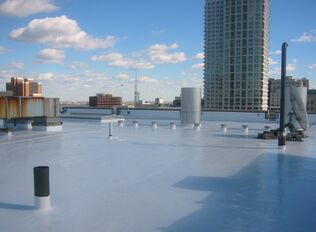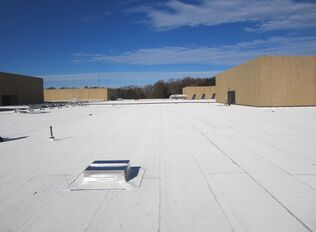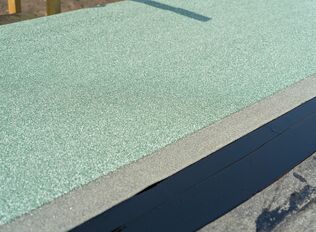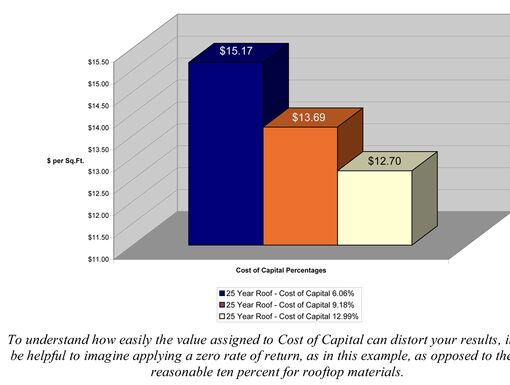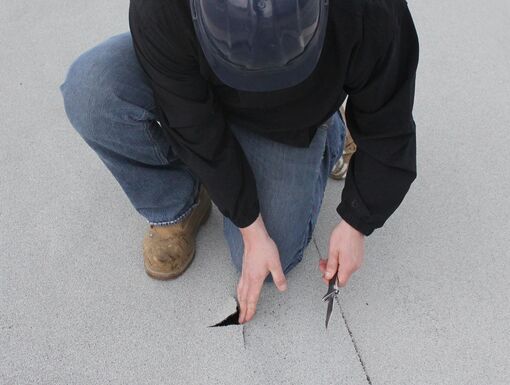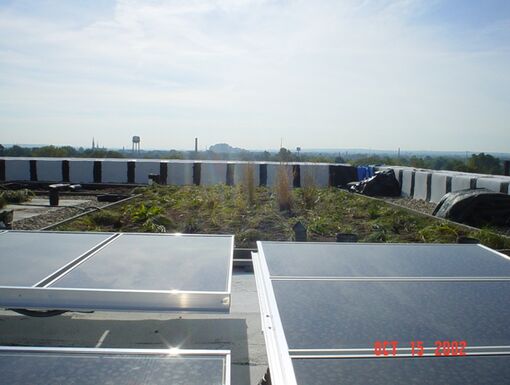Sustainability as part of ROI
A growing number of ROI calculations attempt to assess crade-to-grave ROI as well as environmental impact. The sophistication of these tools is increasing rapidly, and if you perform due diligence, the information can be useful, particularly if your facility is located in a city or region where tax or other government incentives are available for the attainment of certain sustainable benchmarks.
With that in mind, here are some of the additional factors you might wish to assess, and some caveats in evaluating them:
Energy savings resulting from improved reflectivity, the increased R-value of insulation, or other material considerations, such as the use of vegetative surfacing – the caveat here is to be mindful of the volatility of energy costs, as the savings assessments will only be as accurate at the energy cost values used by the tool.
Disposal costs, whether the cost of transporting debris to a landfill or to a recycling center, are similarly volatile.
Resources used in the manufacturing process and environmental hazards related to the installation and/or removal process are some of the other factors affecting cradle-to-grave assessment – in this regard, it is best to keep in mind that the goal is to reduce environmental impact and reduce cost without sacrificing the ultimate sustainability attribute, that is, rooftop longevity.
